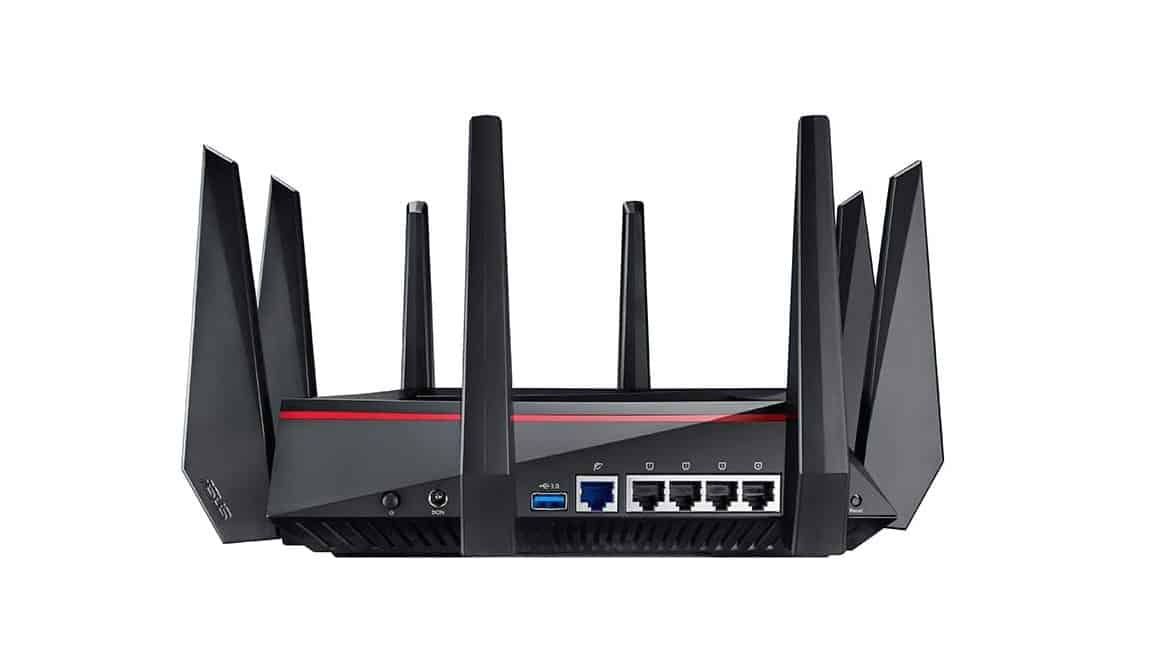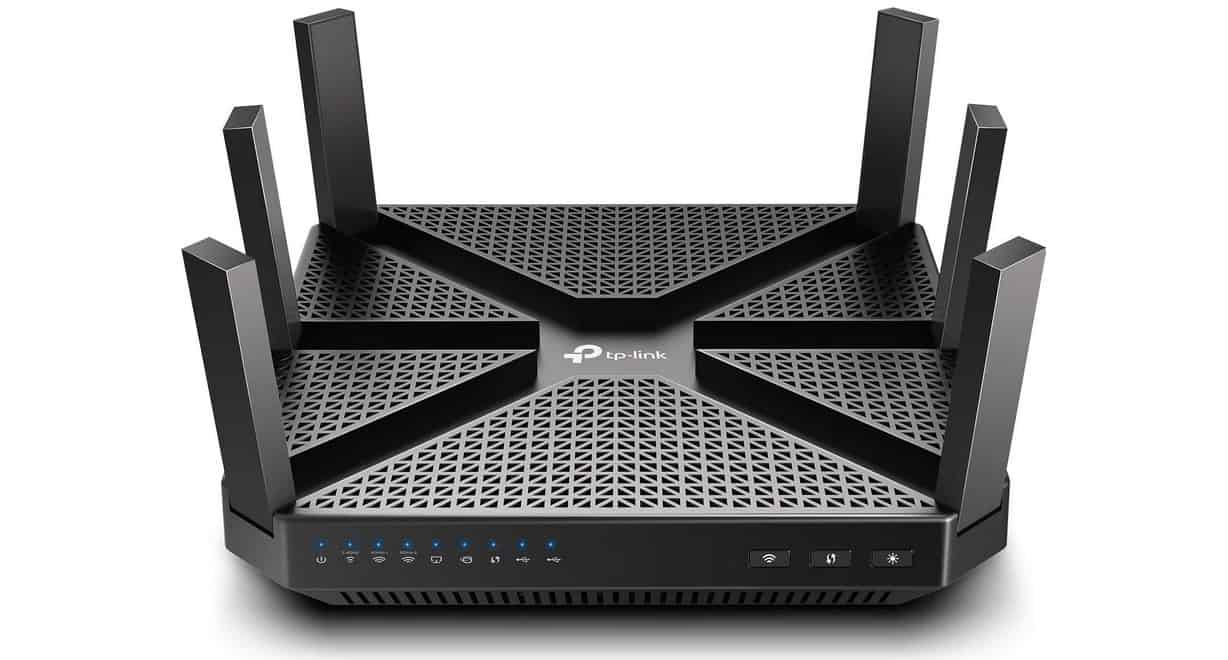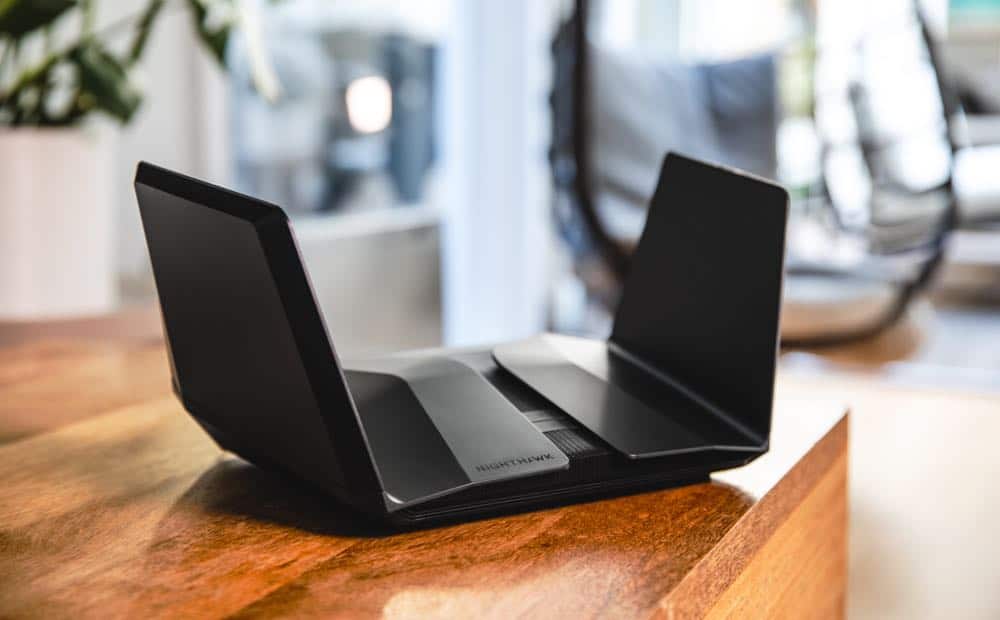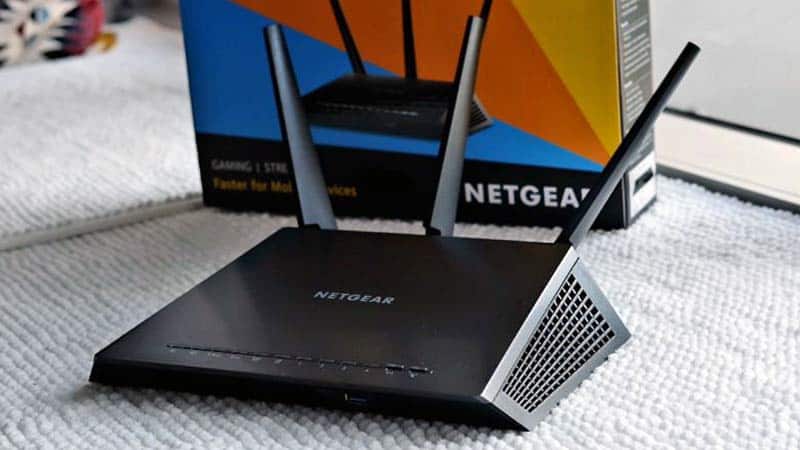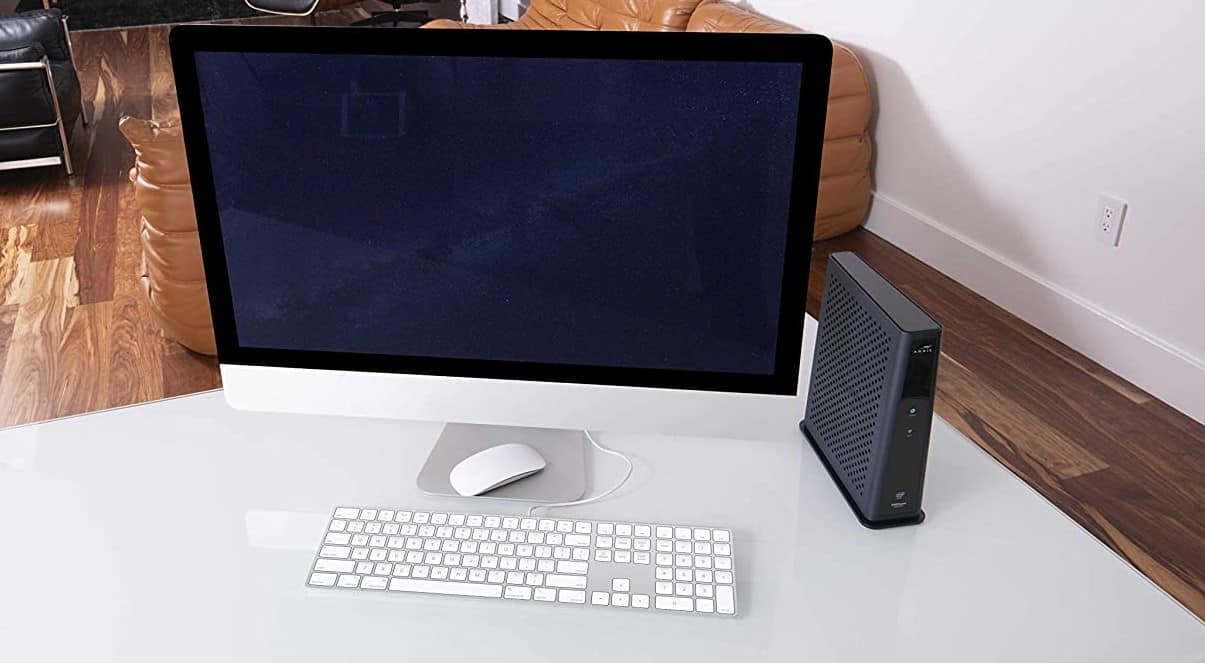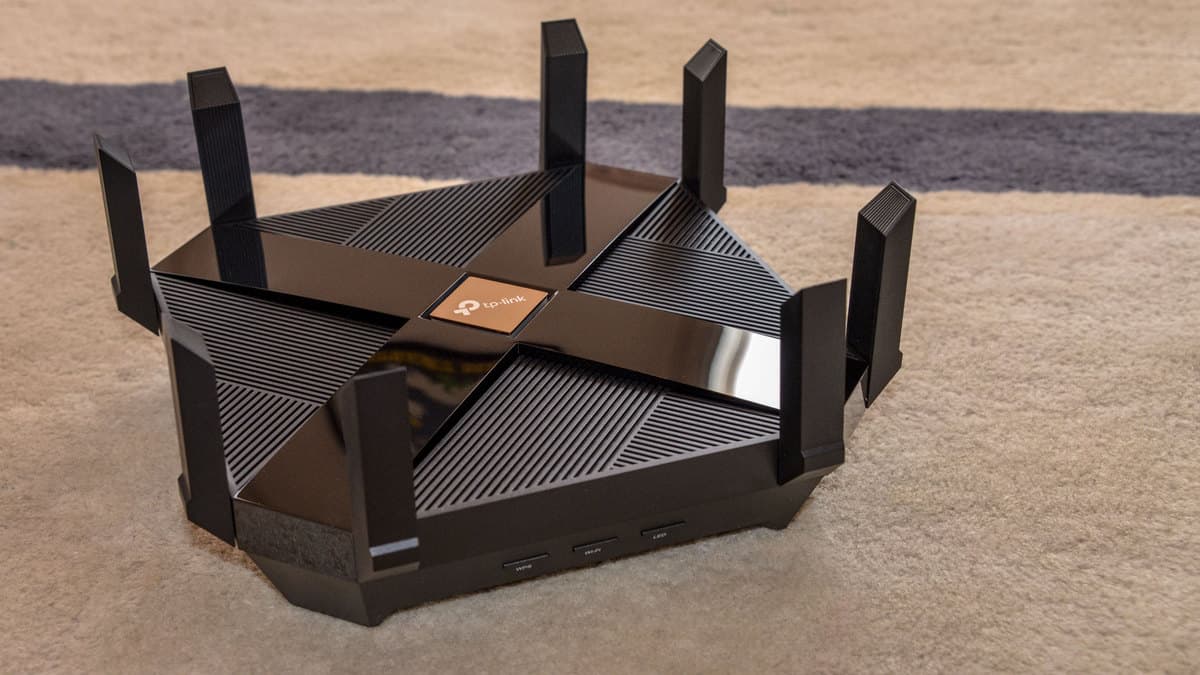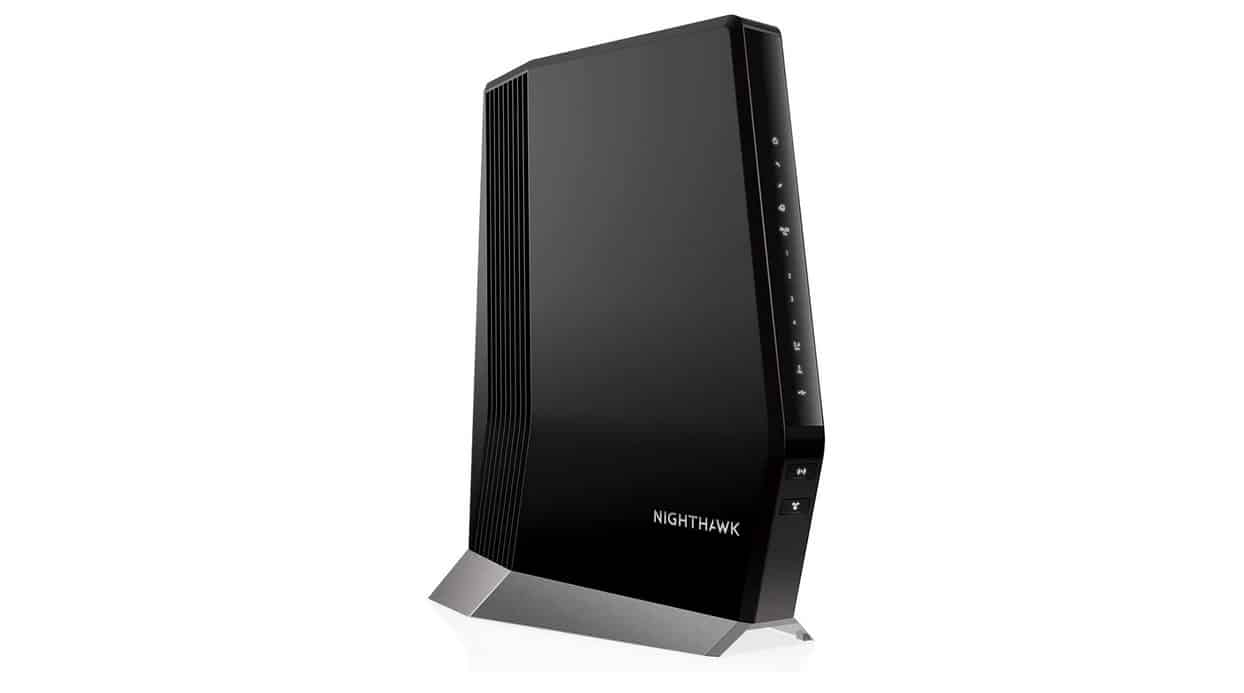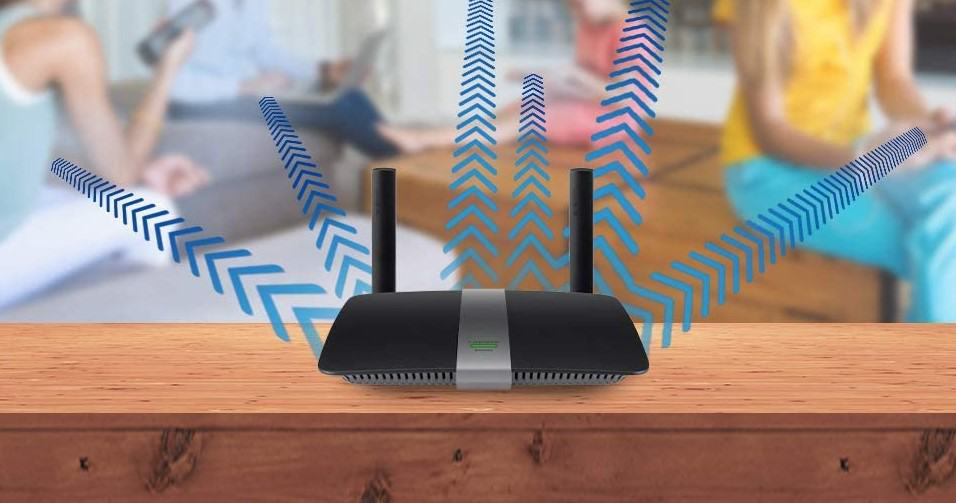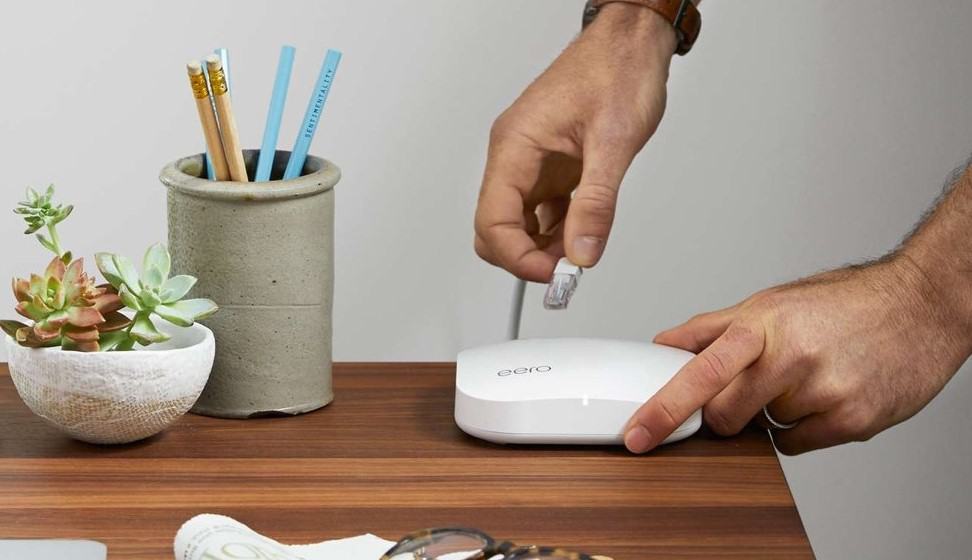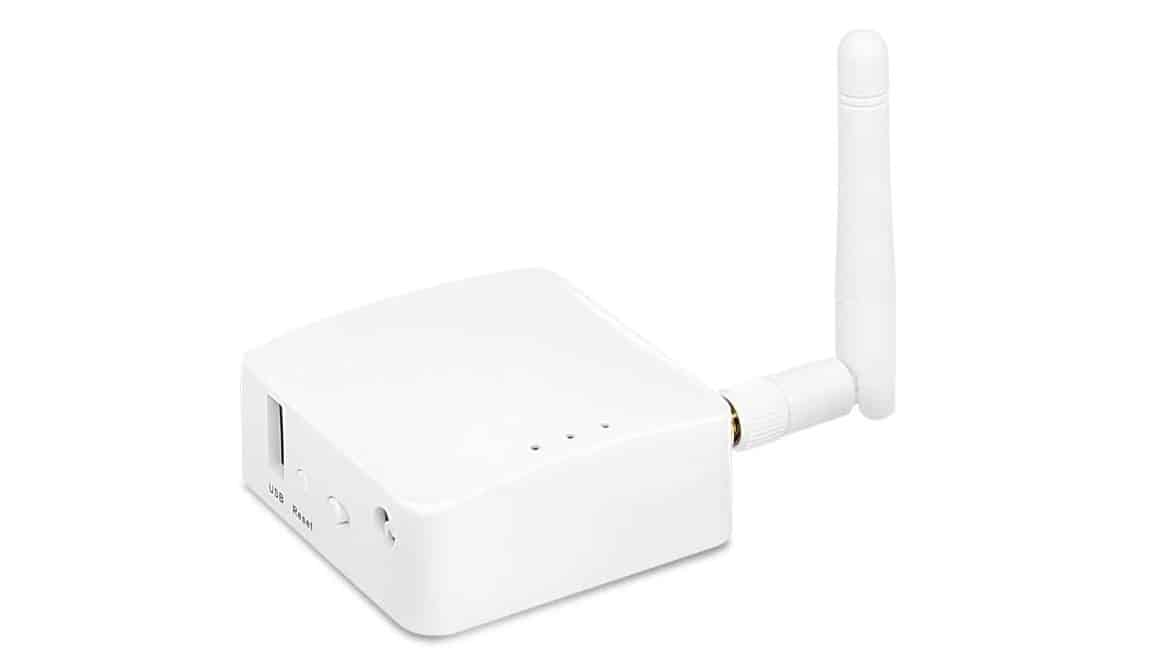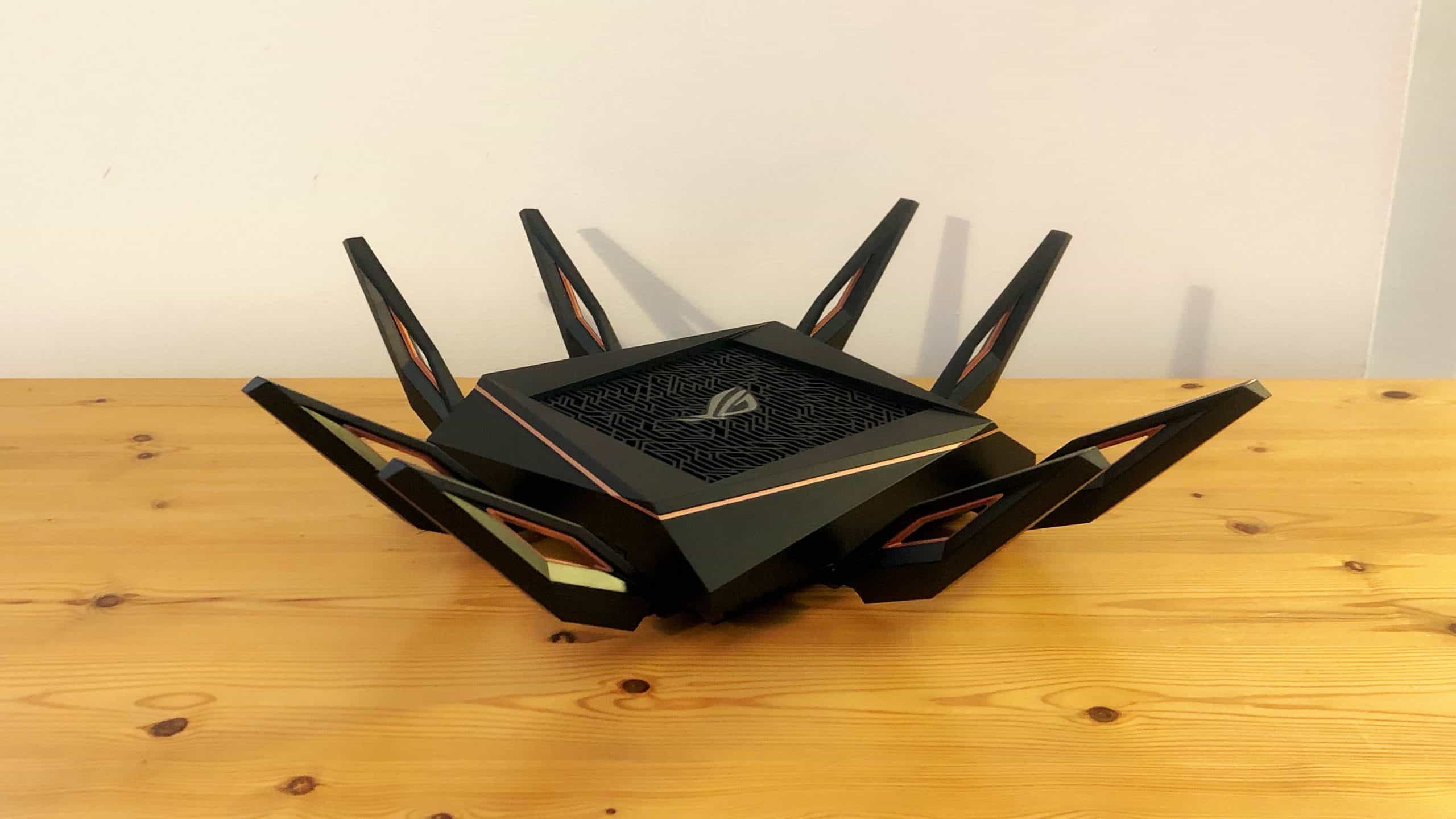If you are experimenting with the advanced features of your wireless network, you may wonder how to port forward a router. The best routers, after all, allow for some complex setup configurations, port forwarding among them. Why get into port forwarding and how to do it on a router? Keep reading to find out.
KEY TAKEAWAYS:
- Port forwarding via your router is a great way to speed up certain Internet devices and applications, such as a game server, FTP servers, or voice chat programs that require an external port.
- To allow for port forwarding, access the router’s settings page or control panel by entering the public IP address into a web browser.
- Look for any settings option regarding a port forwarding rule, open it, and designate which range of ports to forward.
Why Port Forward a Router?
Enabling port forwarding on a router tells the device to issue dynamic port addresses to anything connected to your network. This helps with certain computer games, voice chat applications, and other power-hungry networked devices. Additionally, it helps get around certain geographic restrictions regarding content. It can, however, leave your network open to suspicious activity, leading you to learn how to block an IP address from a router.
How to Enable Port Forwarding on a Router
This process differs depending on the make and model of your router, though the process is not dissimilar to when you are learning how to enable UPnP on a router. With that in mind, we have kept these guidelines as universal as possible.
Insider Tip
If you are new to the world of forwarding ports, it can be overwhelming. Try a dedicated software suite to automate the process.
STEP 1
Your first move is to check on your overall network connection. Make sure the router is plugged into the modem via Ethernet cable and that both devices are issuing a reliable Internet connection and signal.
STEP 2
Now, head to the admin control panel or the router’s dedicated settings page. Unfortunately, the process here will be different depending on what router you have, so check the instructions or perform a quick web search with your router’s make and model name.
STEP 3
In most cases, enter the router’s public IP address (static IP address) into the address bar of a standard web browser to access the settings menu. Otherwise, try opening up the firmware or using a dedicated mobile app.
STEP 4
Look for a “Port Forwarding” settings tab, which could be located in “Advanced Settings”, “Security”, or even “Gaming Settings.” Open the port forwarding window and enter any port addresses you need to forward. Afterward, save your changes.
F.A.Q.S
Port triggering vs. port forwarding: what’s the difference?
Forwarding always opens up the same ports, no matter what, whereas port triggering opens up the port ranges dynamically when they are needed or requested. Forwarding is more of a security risk.
Does port forwarding slow down the Internet?
In some cases, it can slow down your connection, as it opens up certain risks to security. You can address these issues via the port forwarding settings in most cases.
How to open ports on a VPN?
You can also go through a VPN instead of your personal default gateway or private network, though the process to open ports on a VPN differs according to which software you choose.
STAT: The Universal Plug and Play protocol (UPnP) provides a feature to automatically install instances of port forwarding in residential Internet gateways. (source)
REFERENCES:
- https://www.xfinity.com/support/articles/port-forwarding-xfinity-wireless-gateway
- https://www.xfinity.com/support/articles/xfi-port-forwarding
- https://www.tp-link.com/us/support/faq/785/r
- https://www.spectrum.net/support/internet/advanced-home-wifi-advanced-settings/
- https://kb.netgear.com/24290/How-do-I-add-a-custom-port-forwarding-service-on-my-Nighthawk-router

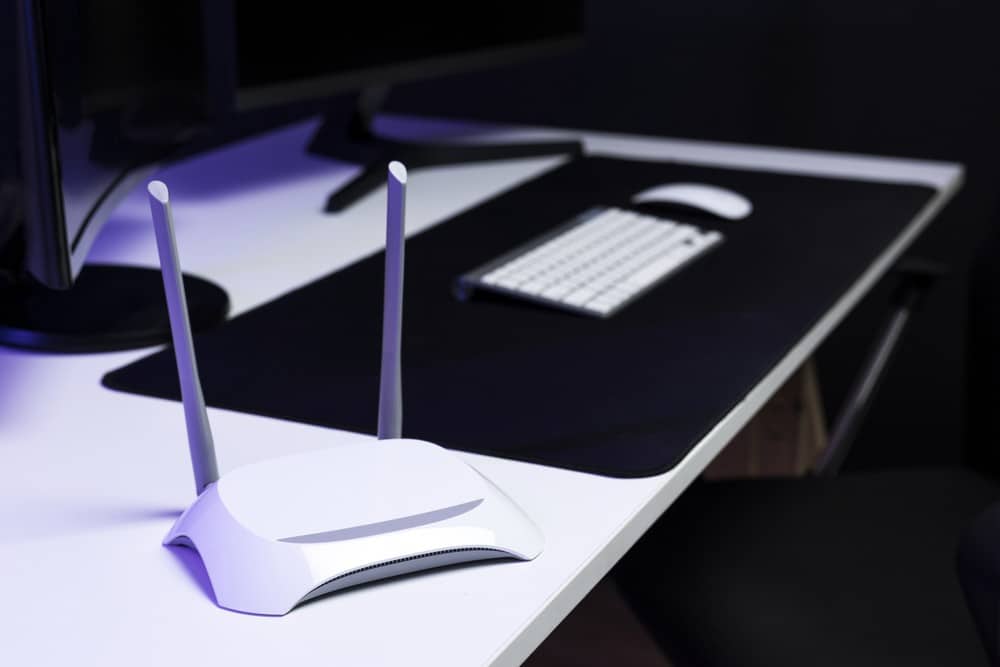













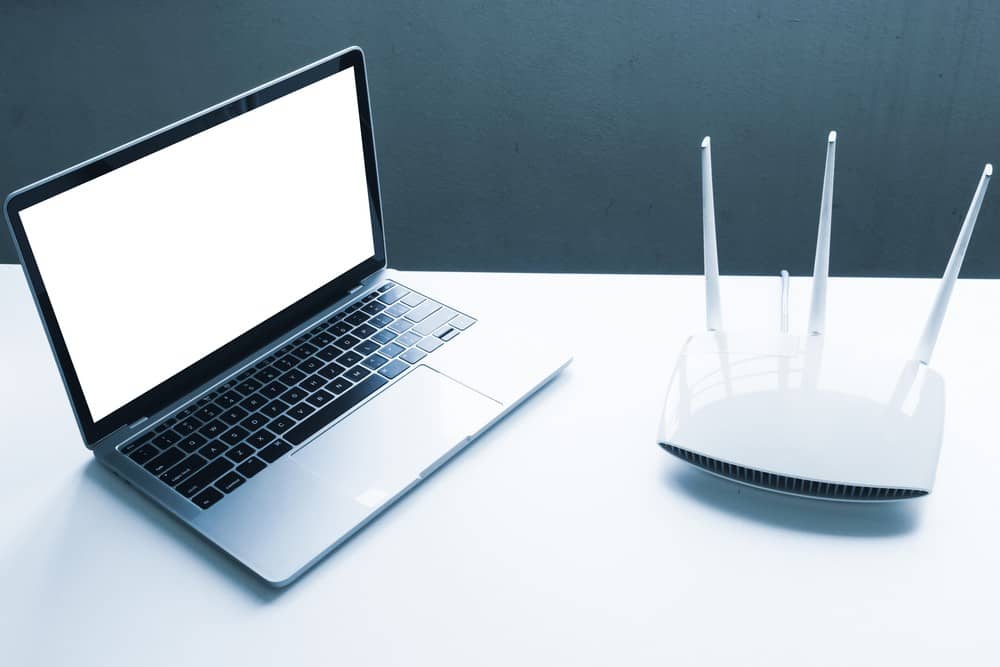
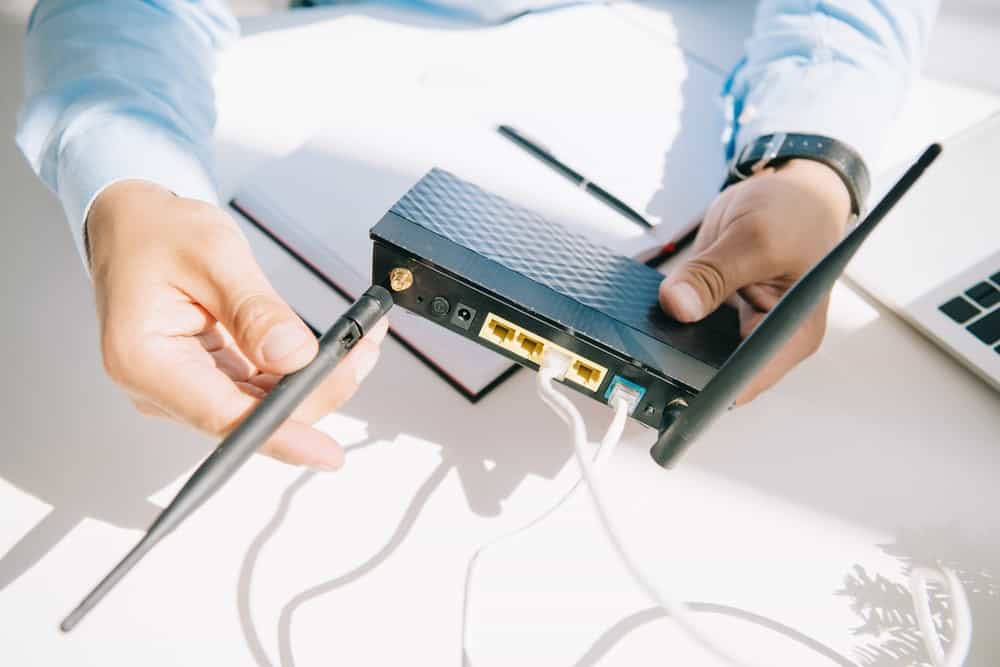
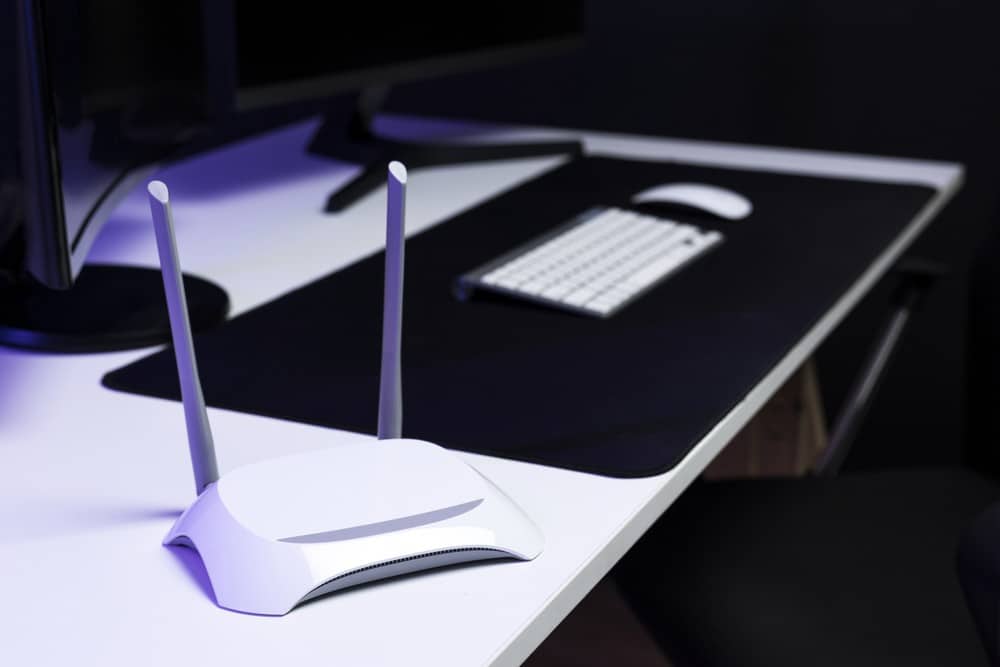


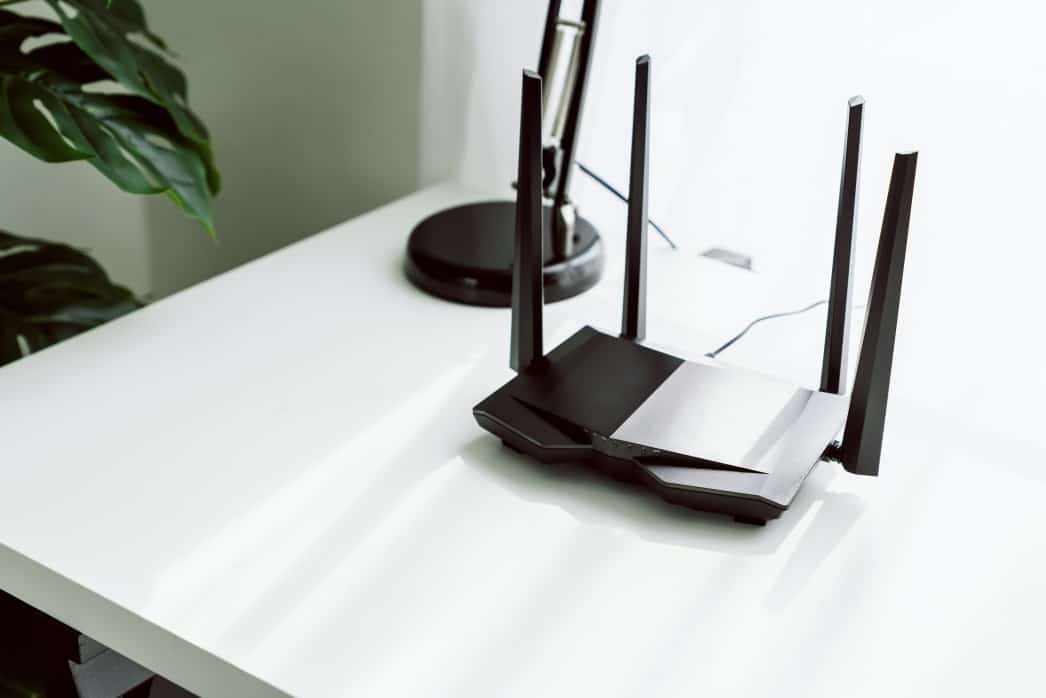
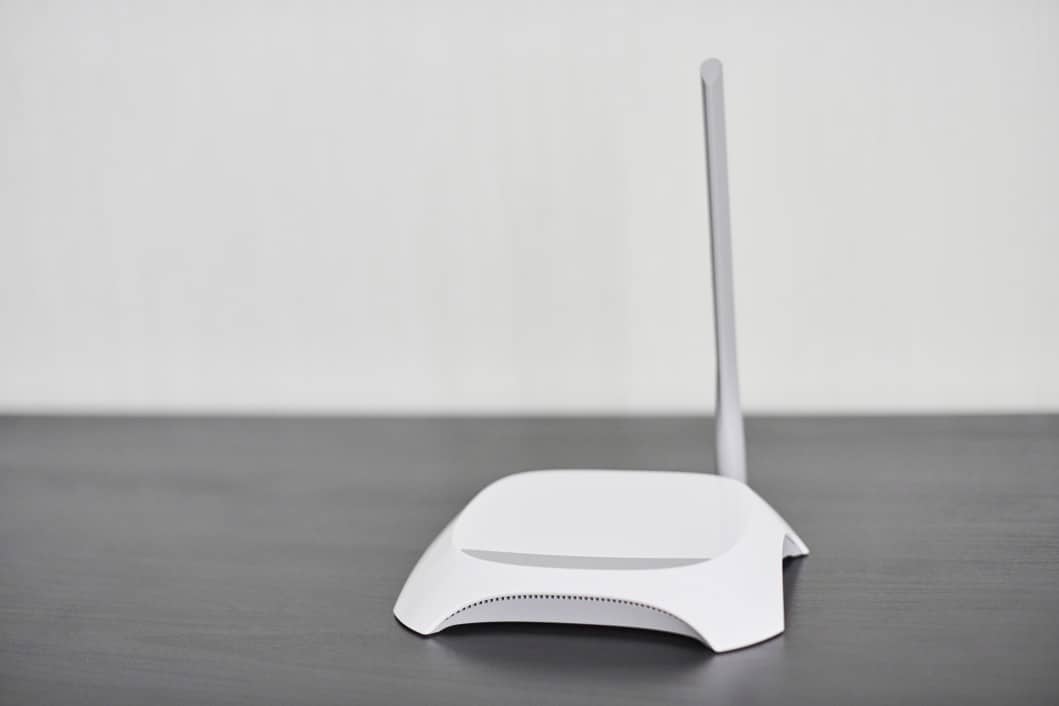

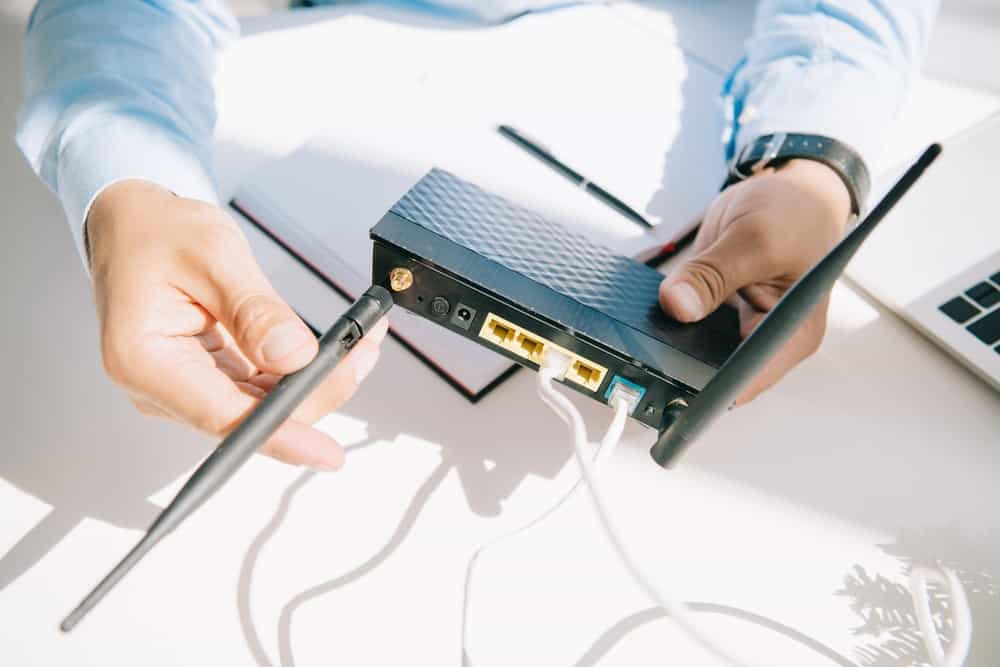

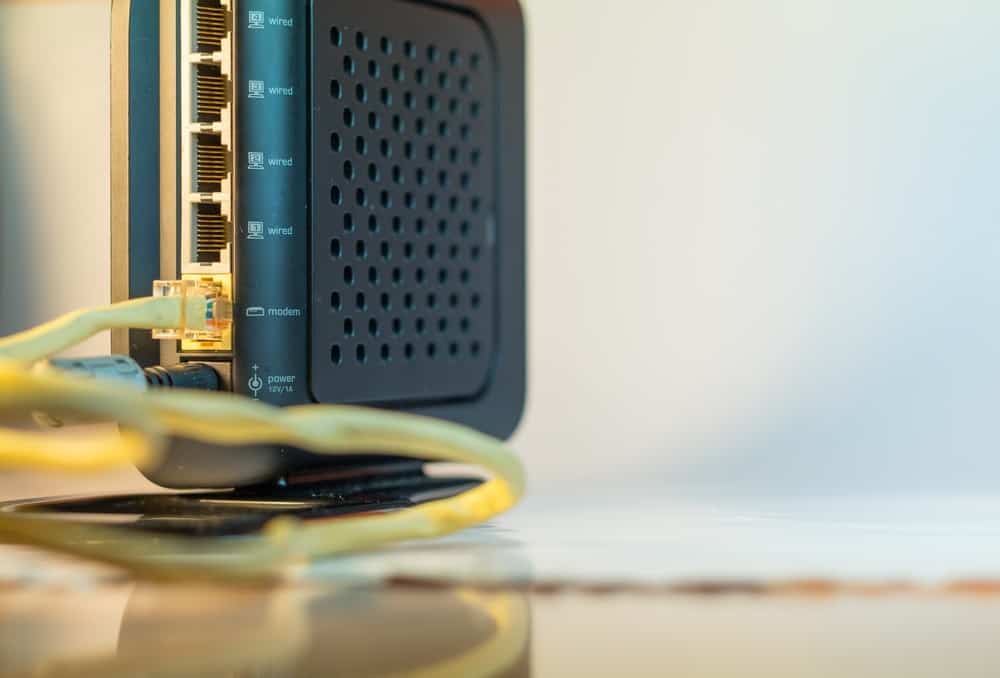

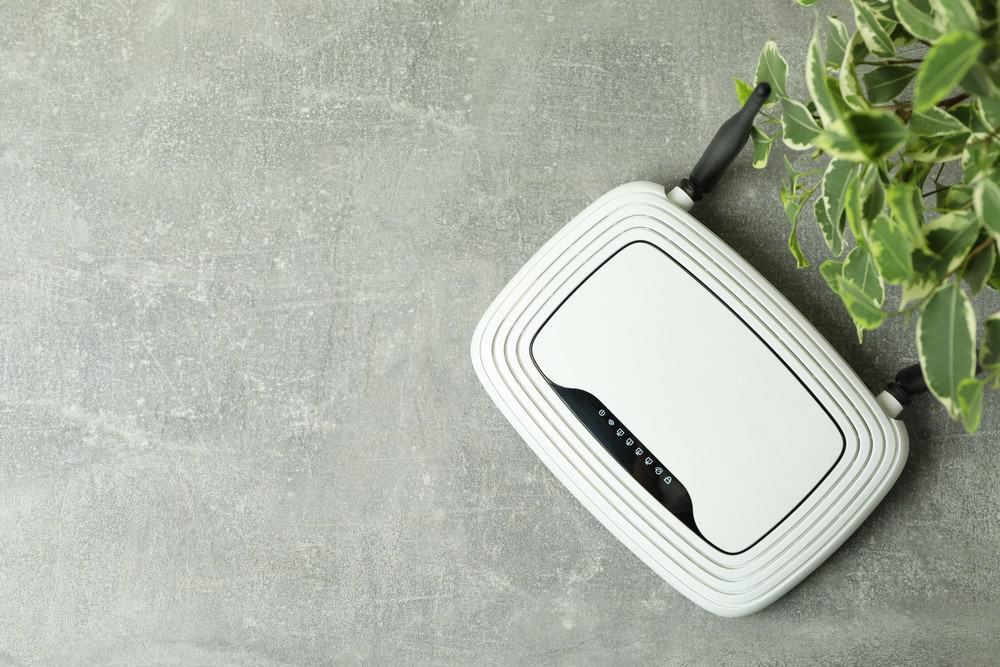
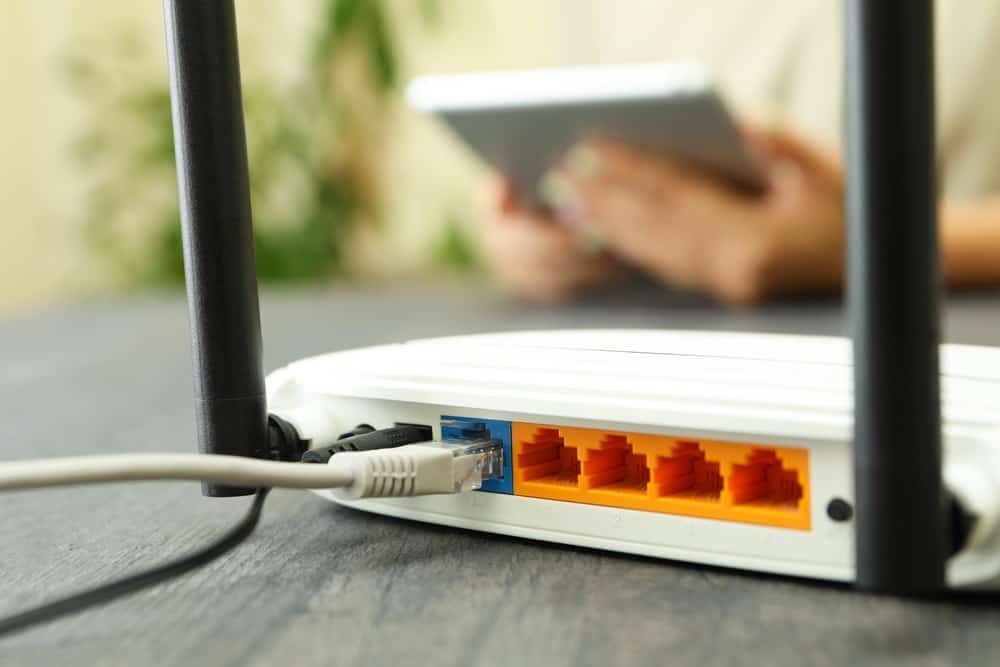
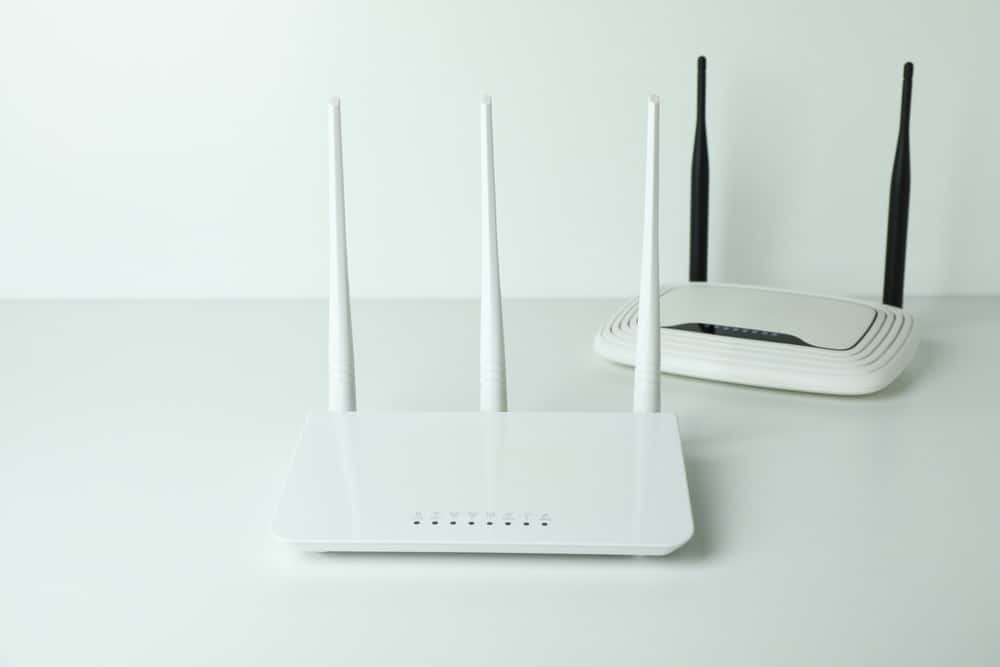
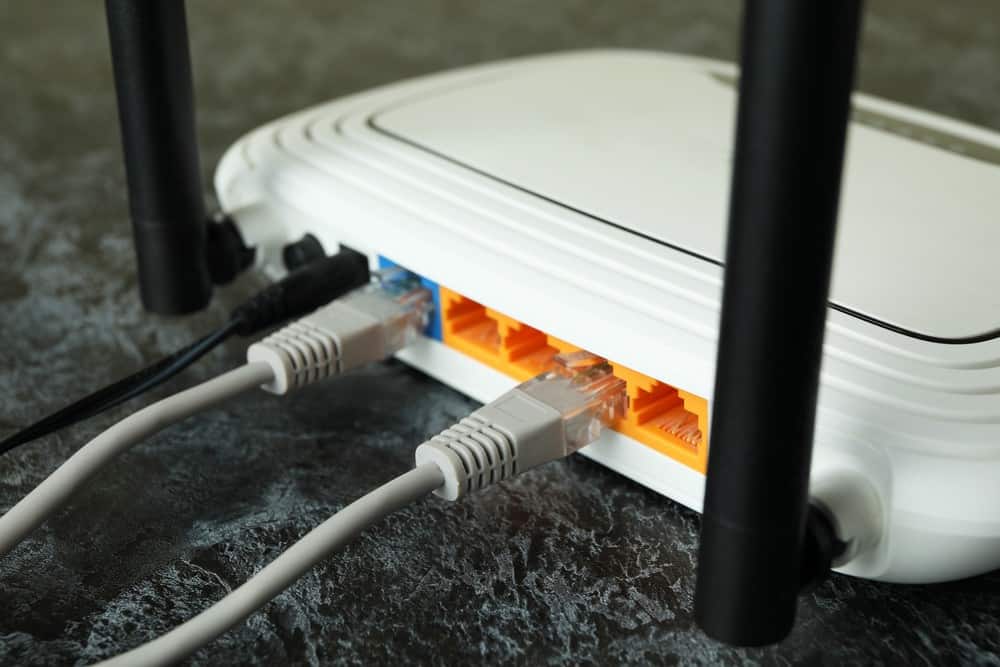
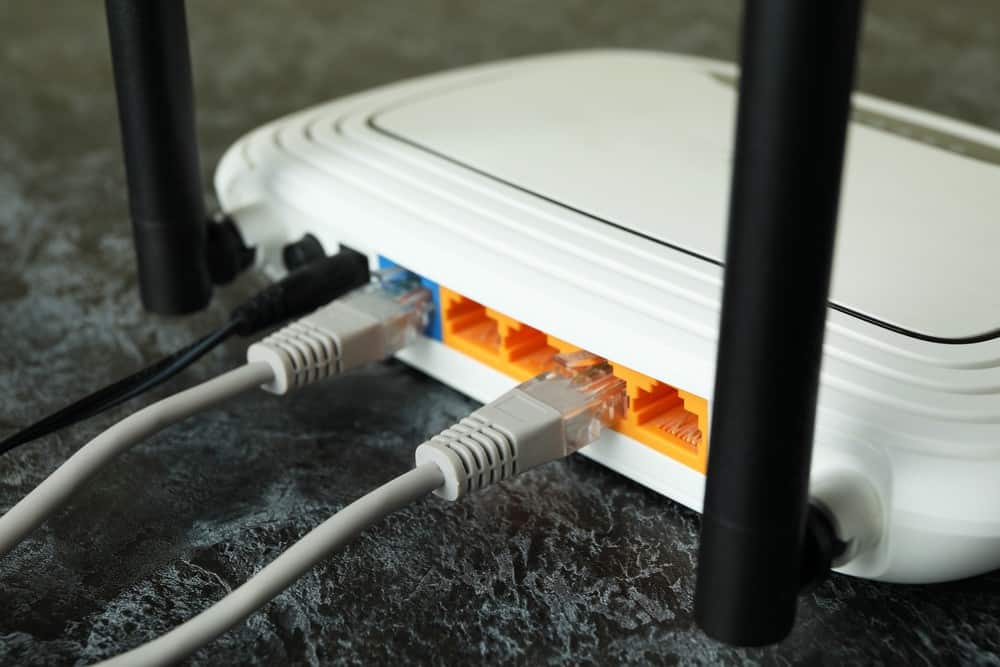
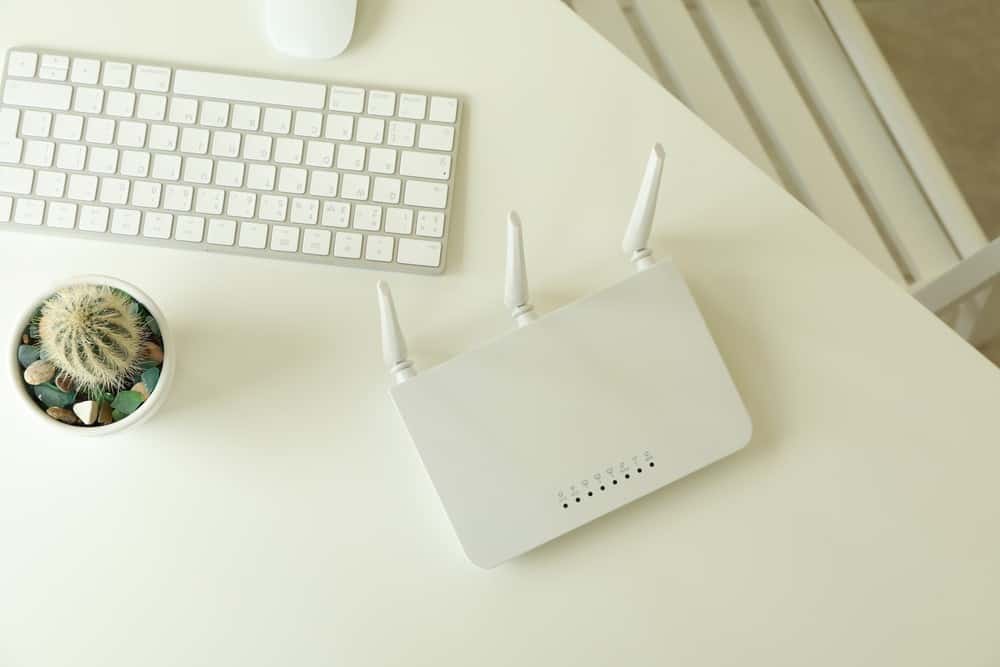
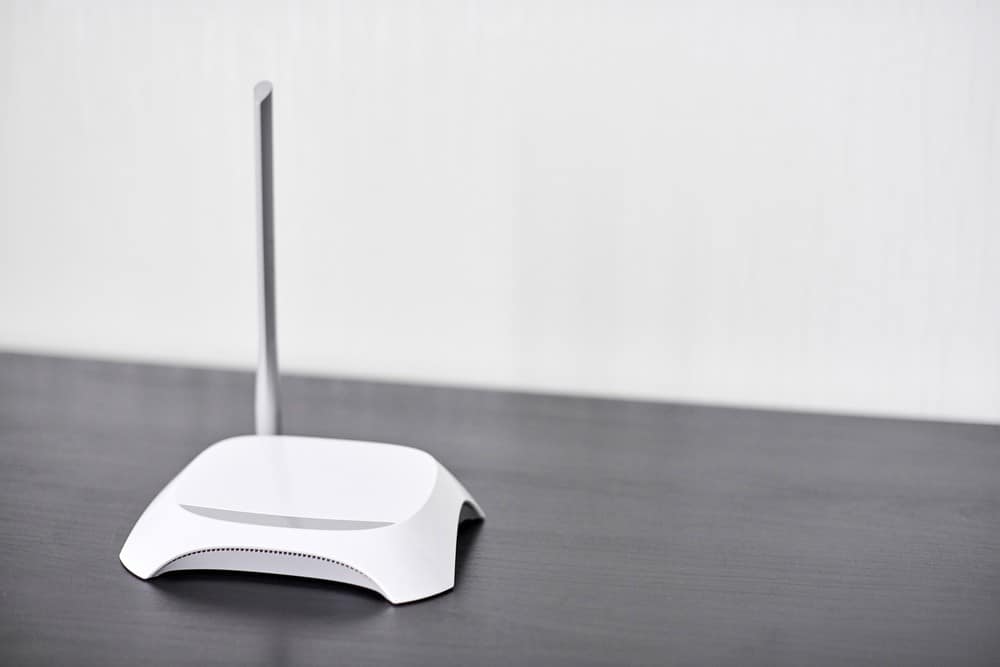
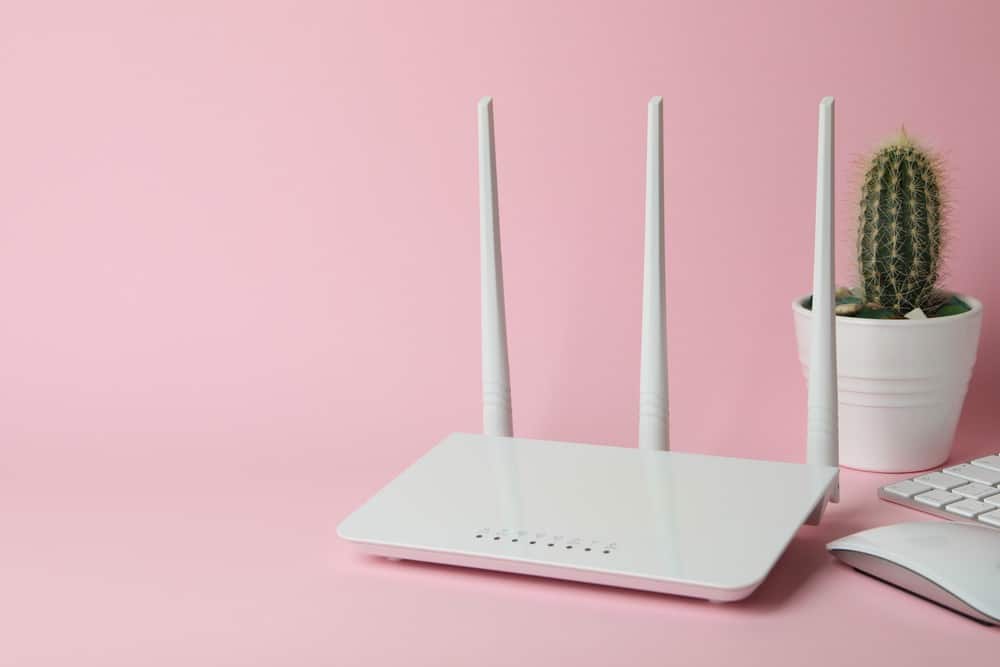
![Best BenQ Monitors in [year] 27 Best BenQ Monitors in 2025](https://www.gadgetreview.dev/wp-content/uploads/best-benq-monitor-image.jpg)
![Best Wifi Extenders For FiOS in [year] 28 Best Wifi Extenders For FiOS in 2025](https://www.gadgetreview.dev/wp-content/uploads/best-wifi-extender-for-fios-image.jpg)
![Best Fiber Optic Routers in [year] 29 Best Fiber Optic Routers in 2025](https://www.gadgetreview.dev/wp-content/uploads/best-fiber-optic-router-image.jpg)
![Best VoIP Routers in [year] 30 Best VoIP Routers in 2025](https://www.gadgetreview.dev/wp-content/uploads/best-voip-router-image.jpg)
![Best Routers for 200Mbps in [year] 31 Best Routers for 200Mbps in 2025](https://www.gadgetreview.dev/wp-content/uploads/best-router-for-200mbps-image.jpg)
![Best Routers for Optimum in [year] 32 Best Routers for Optimum in 2025](https://www.gadgetreview.dev/wp-content/uploads/best-router-for-optimum-image.jpg)
![Best Routers for Apple in [year] 33 Best Routers for Apple in 2025](https://www.gadgetreview.dev/wp-content/uploads/best-router-for-apple-image.jpg)
![Best Routers for Frontier FIOS in [year] 34 Best Routers for Frontier FIOS in 2025](https://www.gadgetreview.dev/wp-content/uploads/best-router-for-frontier-fios-image.jpg)
![Best Secure Routers in [year] 35 Best Secure Routers in 2025](https://www.gadgetreview.dev/wp-content/uploads/best-secure-router-image.jpg)
![Best Routers for Google Fiber in [year] 36 Best Routers for Google Fiber in 2025](https://www.gadgetreview.dev/wp-content/uploads/best-router-for-google-fiber-image.jpg)
![Best Routers for Cox in [year] 37 Best Routers for Cox in 2025](https://www.gadgetreview.dev/wp-content/uploads/best-router-for-cox-image.jpg)
![Best Asus Routers in [year] 38 Best Asus Routers in 2025](https://www.gadgetreview.dev/wp-content/uploads/best-asus-routers-image.jpg)
![Best Linksys Routers in [year] 39 Best Linksys Routers in 2025](https://www.gadgetreview.dev/wp-content/uploads/best-linksys-routers-image.jpg)
![Best Routers for CenturyLink in [year] 40 Best Routers for CenturyLink in 2025](https://www.gadgetreview.dev/wp-content/uploads/best-router-for-centurylink-image.jpg)
![Best WiFi Routers for Multiple Devices in [year] 41 Best WiFi Routers for Multiple Devices in 2025](https://www.gadgetreview.dev/wp-content/uploads/best-wifi-router-for-multiple-devices-image.jpg)
![Best Wired Routers in [year] 42 Best Wired Routers in 2025](https://www.gadgetreview.dev/wp-content/uploads/best-wired-router-image.jpg)
![Best Routers for 4K Streaming in [year] 43 Best Routers for 4K Streaming in 2025](https://www.gadgetreview.dev/wp-content/uploads/best-router-for-4k-streaming-image.jpg)
![Best Cisco Routers in [year] 44 Best Cisco Routers in 2025](https://www.gadgetreview.dev/wp-content/uploads/best-cisco-routers-image.jpg)
![Best eero Routers in [year] 45 Best eero Routers in 2025](https://www.gadgetreview.dev/wp-content/uploads/best-eero-routers-image.jpg)






